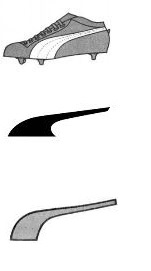Trademark agency Abcor - protect your trademark
Contact
If you have questions or want to know more about our services?Please mail: info@abcor-ip.com
Please call: 31 (0)71 576 3116
For example if someone claims something and is sponsored for this this should be indicated. Hashtags may be used for this, for example. Furthermore, the advertiser has to make certain that the image that is given of a product is not misleading. Not a redundancy as the recent complaint about taxi service Uber illustrates. Uber is an American alternative for a taxi service, that enables consumers and drivers to connect via an app. A strikingly large number of positive tweets on Uber came from famous tv personalities. When a complaint was filed it turned out that these famous people received a discount of some sort at the launch of the company, however, irrespective of whether or not they would send a tweet on Uber. A case of unclear advertising. The advertiser is recommended to no longer use ads in this way. Using a hashtag to indicate the relationship could have instantly removed any doubt.
social-media
